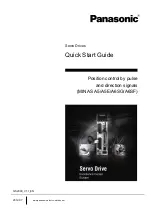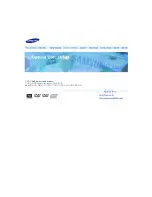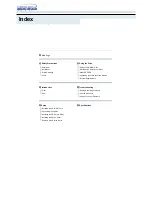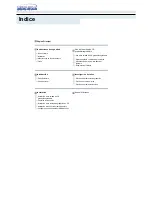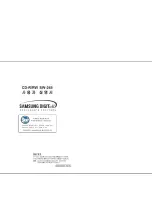
TD- Documentation
Mounting Instruction
Chain drive KSA xxx-24 V / 230V 219-100-0-0-1.0.doc
Page 65 of 68
Help in case of faults,
repair and overhaul
The repair of a defect drive by a converter or end user
cannot be performed appropriately and is therefore not
admissible. Repairs can be made only at the factory or by
a specialized company authorized by the manufacturer.
Opening or manipulating the drive by the end user or other
unauthorized personnel voids the warranty.
1. Replace a defective drive or have it repaired by the
manufacturer.
2. In case the drive doesn't operate / move, check to see
if the external electronic control module (disconnection)
had been activated.
3. If problems occur during installation or during normal
drive operation, they can possibly be corrected by con-
sulting the following table.
Help in case of faults
Disassembly and disposal
Disassembly and disposal
The procedure is the same as during assembly of the
drives, however, in reverse order.
Setup / adjustment work is omitted.
1. Prior to disassembly, disconnect the drive from the
power supply.
2. During disassembly of the drive, secure the window
to prevent it from opening by itself, e.g. by attaching
an appropriate locking mechanism.
Dispose of parts in accordance with locally valid regulations.
* Ensure that packing material is disposed of appropriately.
* Electrical apparatus should be disposed of at the local
recycling center or through a salvage contractor.
The ElektroG logo for disposal of electrical equipment
does not apply here.
Drive components
- Iron (screws, brackets,…)
- Aluminum (profile,…)
- Plastic (covers,…)
- Electronic parts (motor, control units, relays,…)
- Cable
- Copper
- Zinc
Electrical apparatus, accumulators and batteries may
not be disposed of as part of household garbage.
Locking
device
Drive e.g.
Spindle, chain, rack and pinion drive
Problem
Possible
Causes
Possible
Solutions
Drive doesn't
start
* Duration of mains
power supply too
short
* Wrong running
direction
* Power supply /
control unit fails to
deliver the required
voltage or voltage
delivered is too high
or too low
(see data sheet)
·Supply mains power
in accordance with
techn. documentation
Check drive cables
Check power supply
and replace if necess.
* Power supply /
control unit is not
being supplied with
electrical energy
(no voltage)
Ensure that electrical
energy is supplied
* Connecting cable
not connected
Check all connecting
cables
Drive doesn't
start after having
been in operation
several times
* Operating time has
been exceeded
- drive has been
overheated
Wait until drive has
cooled down and
start again
* See possible
causes above
associated with
"Drive doesn't start"
See possible solutions
above associated with
"Drive doesn't start
Drive doesn't
close
* Closing edge
safety mechanism
has been triggered
Release safety area
for operation and reset
closing edge safety
mechanism
* See possible
causes above
associated with
"Drive doesn't start"
See possible solutions
above associated with
"Drive doesn't start
Drive runs
uncontrolled in
open and close
direction
* Alternating voltage
portion of drive
voltage from power
supply or control
unit too high
Set drive voltage to
required value
(see data sheet
of drive)
* Output voltage of
power supply /
control unit
incorrect
Check output voltage
of power supply /
control unit and resolve
fault accordingly
26























